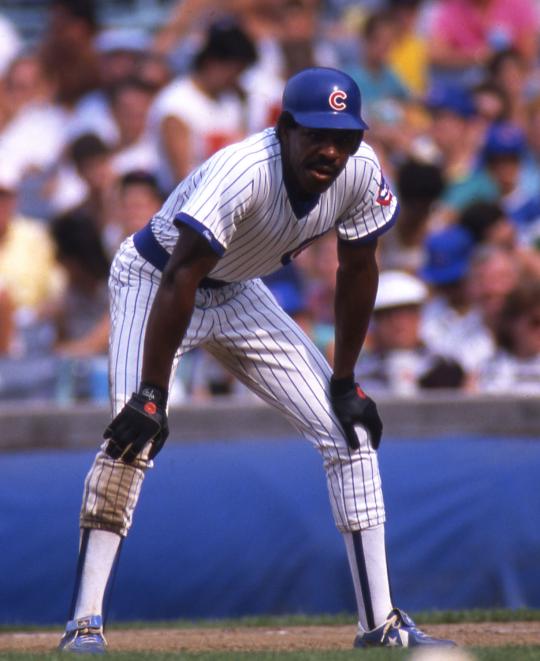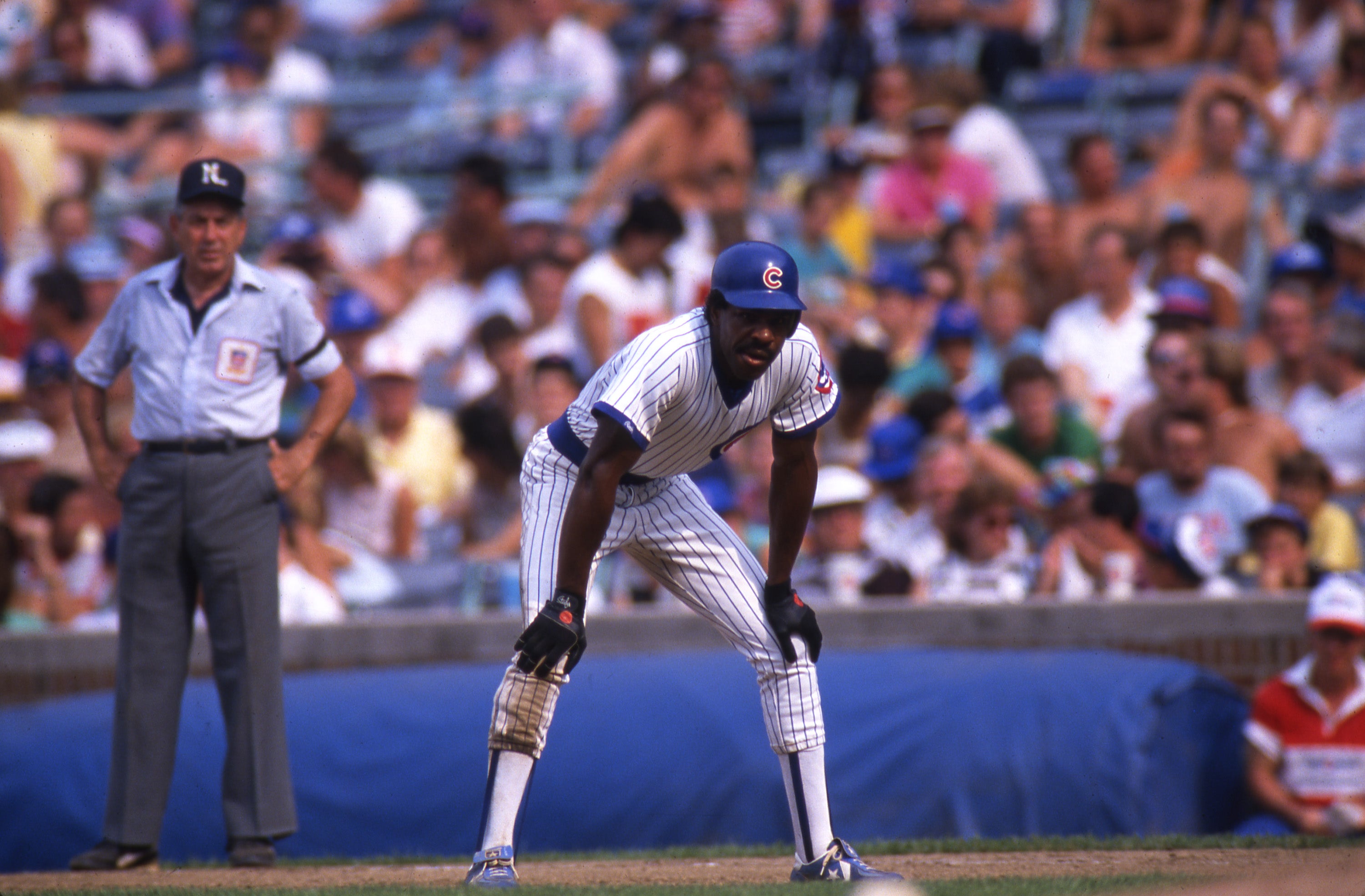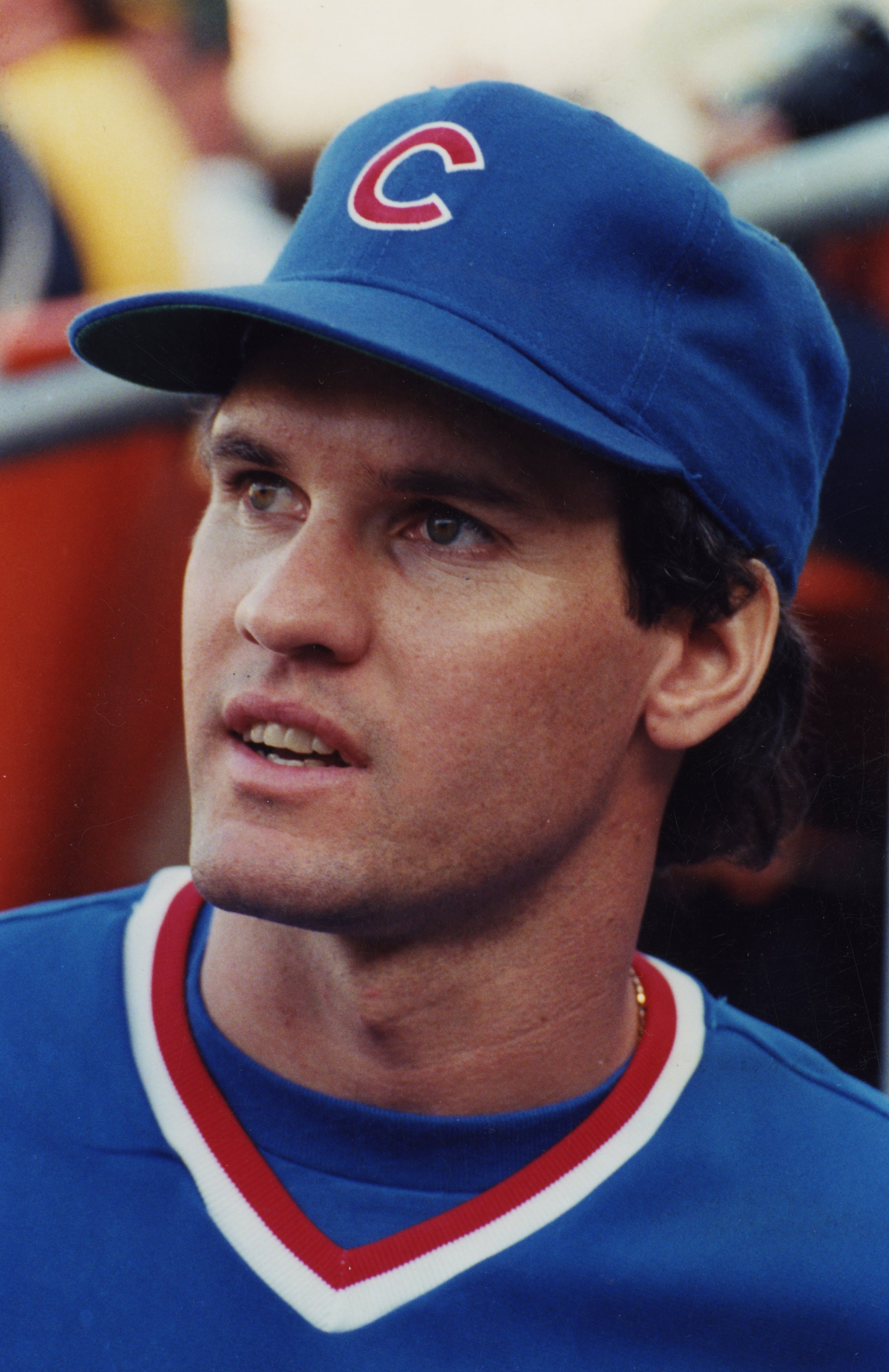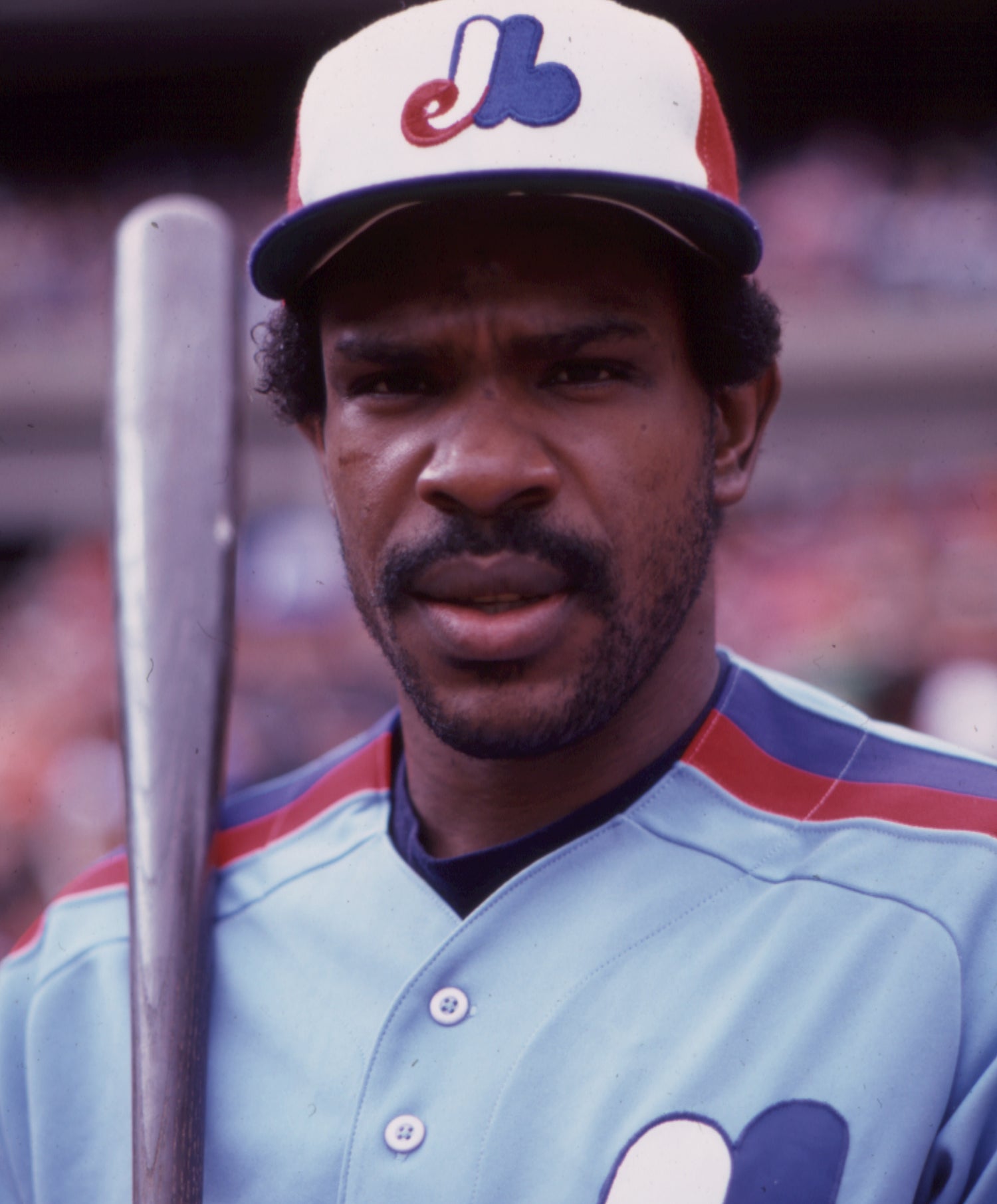- Home
- Our Stories
- Dawson's deal changed history
Dawson's deal changed history
Andre Dawson was one of the game’s hottest stars in the winter of 1987, but he was also immersed in a cold snap in baseball economics.
So his agent, Dick Moss, came up with one of the most creative contracts in the game’s history.
Official Hall of Fame Apparel
Proceeds from online store purchases help support our mission to preserve baseball history. Thank you!
On March 6, 1987, Dawson – a veteran of 11 big league seasons with the Expos where he was widely regarded as one of the game’s best all-around players – agreed to a contract with the Cubs where the team would fill in the blank on the dollar figure.
The Cubs chose a base salary of $500,000 – with another $150,000 if he avoided the disabled list before the All-Star break and another $50,000 for making the All-Star team.
“In our offer on (March 2), we stated that (Andre) would sign for whatever salary terms the Cubs management said was fair and appropriate,” Moss told the Chicago Tribune. “Our offer was unconditional and we will, of course, honor our commitment.”
Dawson was one of several big-name free agents who had trouble finding work that winter – a situation that was ultimately ruled by an arbitrator as collusion by the teams.
But by the time the 1987 season over, Dawson and the Cubs were each thankful for the path that took the Hawk to Chicago.
“Andre and Dick were willing to sacrifice salary and principle in 1987 to play in Wrigley Field for the Cubs,” said Cubs president Dallas Green in a prepared statement immediately after Dawson agreed to the contract. “He was willing to bet that his production on the field would better his salary for 1988 and the future – something rather unusual in itself in these wild days of free agency.”
Dawson’s bet paid off to the tune of big league-leading totals of 49 home runs, 137 RBI and 353 total bases in 1987.
Playing on grass for home games for the first time in his big league career eased stress on his knees, and Dawson was named the National League’s Most Valuable Player despite the fact that the Cubs finished in last place in the NL East.
Dawson signed a new deal in the spring of 1988 that paid him more than $6 million over three years.
In his six seasons with Chicago from 1988-92, Dawson totaled 174 home runs and 587 RBI, earning five All-Star Game selections and two Gold Glove Awards in right field.
He finished his 21-year big league career with two seasons with the Red Sox (1993-94) and two more with the Marlins (1995-96).
He was elected to the Hall of Fame in 2010 after totaling 2,774 hits, 438 home runs, 314 stolen bases and eight Gold Glove Awards.
“The Cubs were my first choice,” Dawson told the Chicago Tribune in Spring Training of 1987.
“I think I’m going to like it in Chicago.”
Craig Muder is the director of communications for the National Baseball Hall of Fame and Museum
After 11 seasons with the Expos where he was named to three All-Star Games and won five Gold Glove Awards in center field, Andre Dawson signed a free agent contract with the Cubs on March 6, 1987. The contract called for the Cubs to fill in the salary of their choice. (Michael Ponzini/National Baseball Hall of Fame and Museum)
Share this image:








